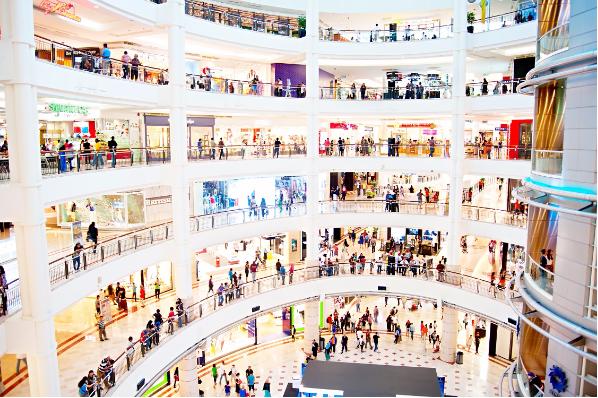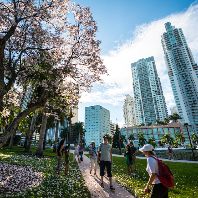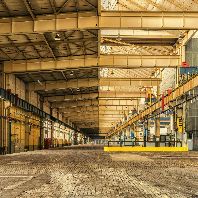Shopping centre valuations
Growing competition, economic changes, new brands, recommercialization, remodelling of schemes as well as the changing expectations of Polish consumers may often result in rapid changes in the value of shopping centres. A good example is a shopping centre in Warsaw which managed to significantly increase its value after an extension and introduction of new brands. It is estimated that its value increased by approx. 15% excluding increases resulting from economic changes. Unfortunately, not all shopping centres can boast of such spectacular growth and some continue to lose their value despite the favourable economic conditions. Such a situation happened in one of the tertiary cities which witnessed a development of a competitive and conveniently located project with a much broader retail offer. Here, the value decrease in older scheme reached the level of 20% in just two years.
In order to react to changing conditions as efficiently as possible, it is recommended to conduct regular valuations. Methodologically, valuation of shopping centres does not differ significantly from valuations of other commercial buildings, such as office schemes or warehouses, as an income approach is also used. The differences arise on the stage of analysis of factors that influence the functioning of a given project.
How are shopping centres valued?
In the case of shopping centres, numerous macroeconomic factors undergo a thorough analysis along with factors related to the building itself. Significant factor is the purchasing power of a city's residents, the shopping centre density followed by future competition. Furthermore, the centre’s location is also evaluated in terms of its proximity to residential projects, accessibility and catchment area.
Some additional aspects regarding the centre itself occur and need to be focused on during the valuation process as well. These include the turnover generated by the project, footfall and tenant mix. It is believed that a well performing project records an average annual turnover totaling at least 8,000 PLN/m2. Nevertheless, it is worth underlining that the best shopping centres in Poland can achieve an average annual turnover that exceeds15-16,000 PLN/m2.
Another important aspect is the rental level within a project which is strictly related to the scheme’s attractiveness. The better the centre operates, the higher the rent available and, as a result, the higher the building’s value. Currently, prime rents in shopping centres in Warsaw average between €110-130/m2/month. In other major cities rents are €45-55/m2/month. Rents cannot be analyzed in isolation from service charges and marketing costs. If these exceed the market level reachable in other similar projects, this may have a negative impact on the rental levels in a given shopping centre.
When talking about the valuation of shopping centres it is hard to disregard another very important factor - the RSR (rent to sales ratio) index. It indicates the relation between rents and turnover generated by a given shopping centre. It is believed that a healthy RSR index for Polish shopping centres should be between 10-12%. Nevertheless, it does not mean that a higher index immediately counts against a given retail project. It all depends on the level of generated turnover and types of tenants occupying space within a shopping centre.
Another significant factor influencing the real estate’s value are yields. The yield level depends on the overall market condition, financing costs as well as the property itself. The better the project, the lower the yield level and thus, the higher the project’s value. Yields were subject to significant compression throughout 2015. This was related to the good prospects for the Polish economy as well as huge interest in the retail sector among investors. Currently, it is estimated that yields for prime shopping centres are around 5%.
Real estate valuation, including valuation of shopping centres, is an interdisciplinary profession requiring the analysis of numerous factors from the investment market, leasing and property management. The quality of the valuation contributes to the success of the scheme’s owner, its tenants as well as potential buyers. Therefore, it is of crucial importance for valuations to be prepared by professionals.
About the author
Joanna Kaczmarek-Walas is associate director at Valuations Department at international advisory firm JLL. She has been involved with the commercial real estate market since 2005. Joanna is responsible for preparing and coordinating commercial real estate valuations. She is a member of the Royal Institution of Chartered Surveyors (MRICS) as well as a qualified property valuer. Joanna graduated from the Warsaw School of Economics (Finance and Accounting) and completed post-graduate studies in the Faculty of Geodesy and Cartography at the Technical University of Warsaw. Furthermore, she is a graduate of Sheffield Hallam University (MSc in Property Appraisal and Management).















